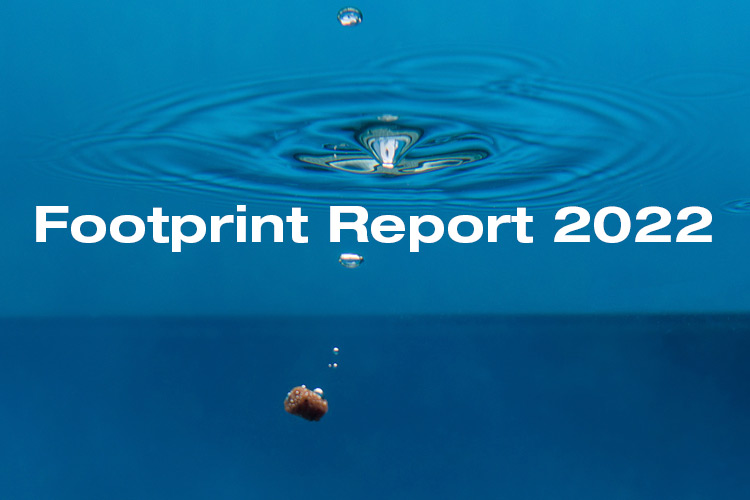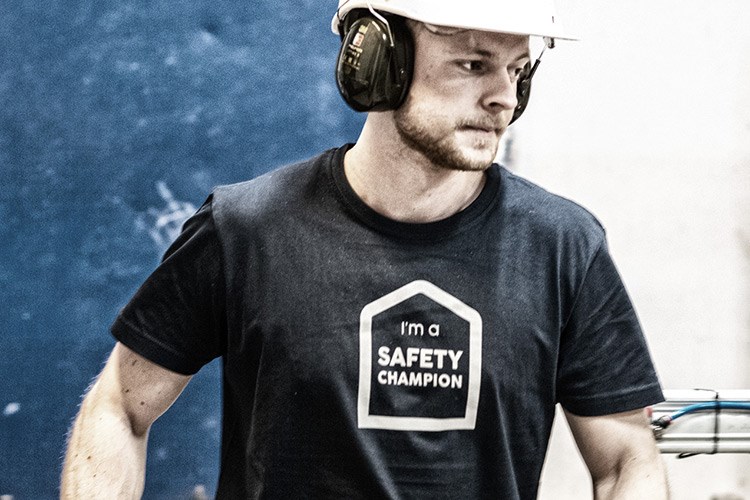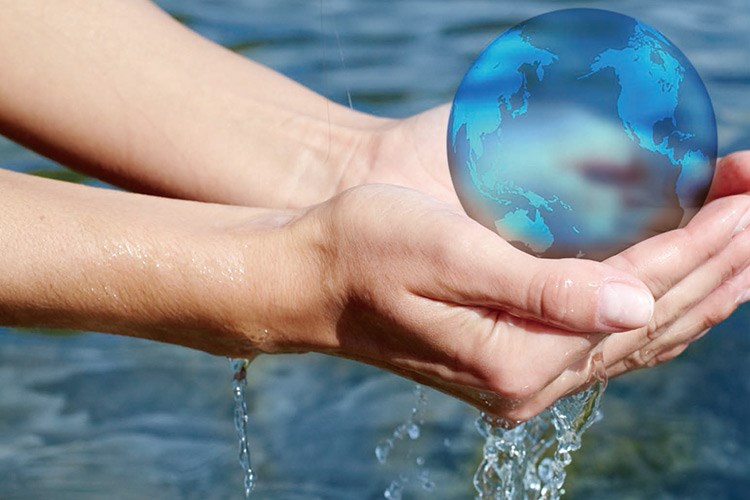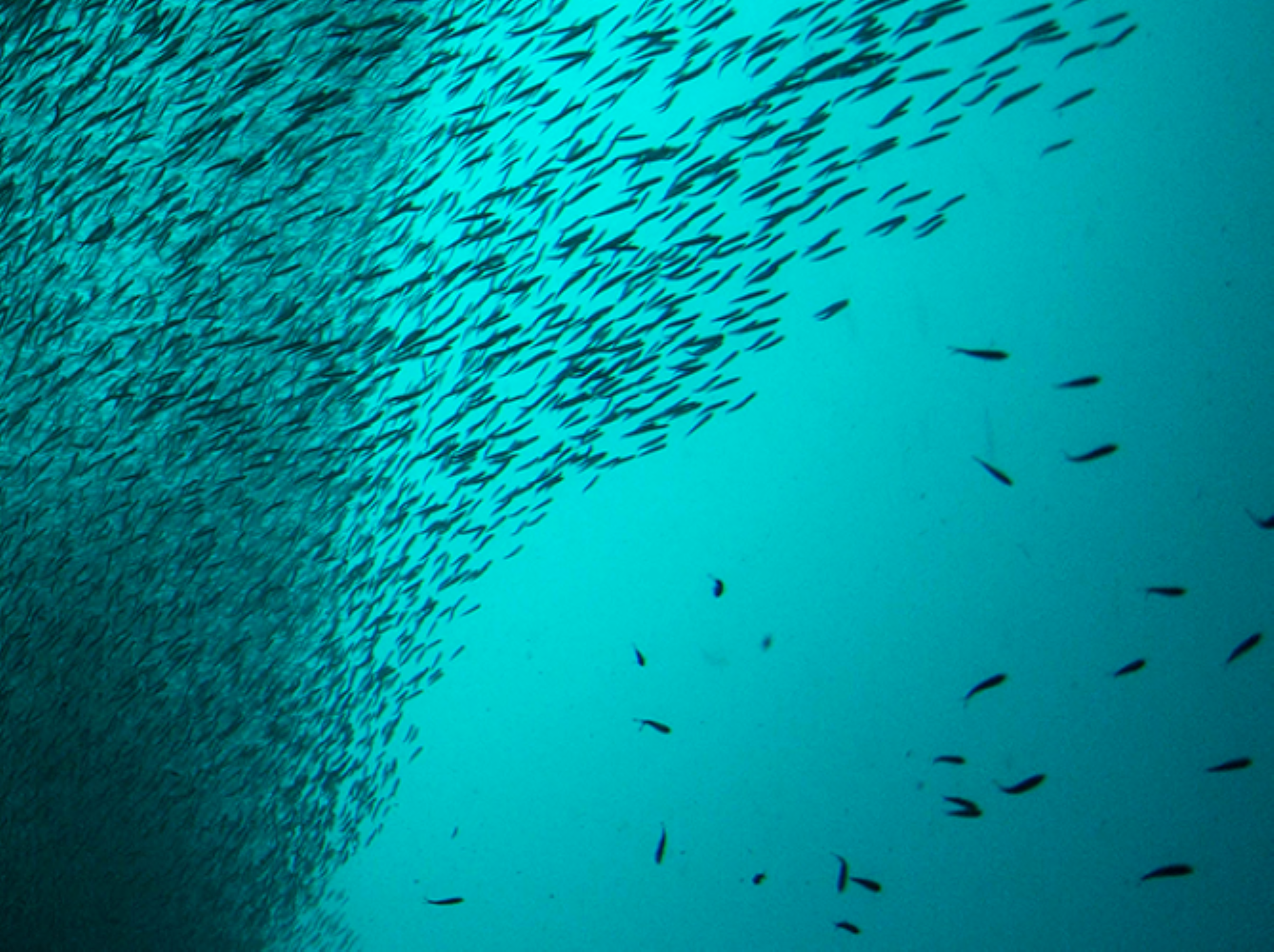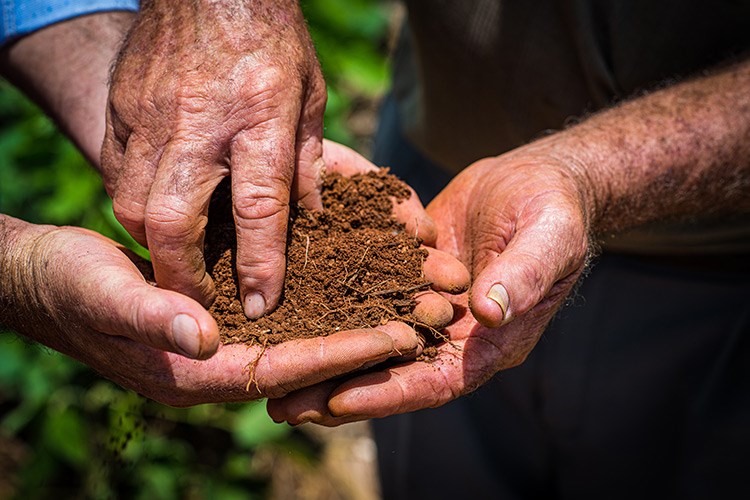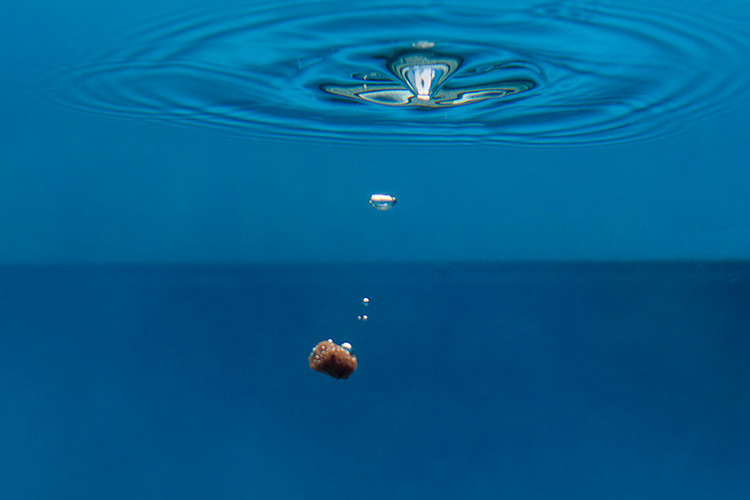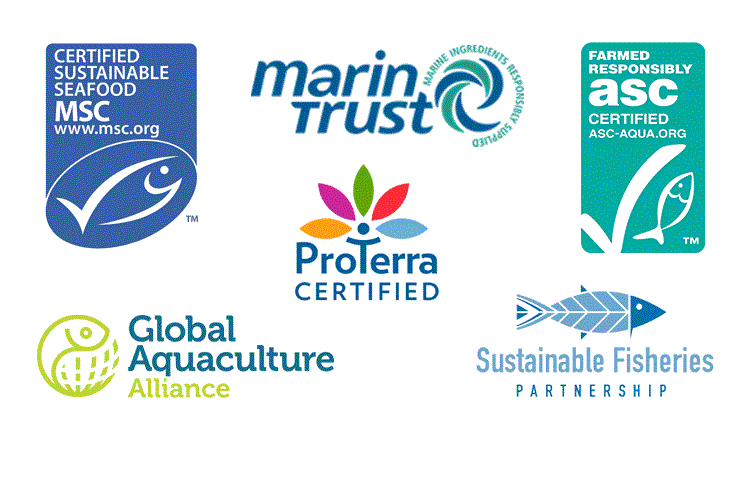
Annual Production and Feed Composition
Below in this text is the data for raw material composition of fish feed.
Skretting Australia Organisational Profile 2022
Name:
Gibson's Limited trading as Skretting Australia
Owner:
Part of Nutreco, privately owned by SHV holdings
Scale of Operation:
108,000T of aquafeed produced
Operations:
Feed manufacture for aquaculture species
Digitally enabled farm focused solution provider
Production per species:
| Species | Percentage of production volume |
| Atlantic Salmon | 63.1% |
| King Salmon | 16.3% |
| Giant Tiger Prawn | 7.3% |
| Barramundi | 8.1% |
| Yellowtail Kingfish | 3.1% |
| Trout | 1.9% |
| Other | 0.1% |
| TOTAL | 100% |
Skretting Australia Feed Composition 2022
Responsible sourcing and use of feed ingredients is core of our business.
Aquaculture feed can contain many different ingredients of vegetable, marine and land animal origin. The most common agricultural crops are wheat, canola, and faba. Marine ingredients traditionally originate from wild fisheries like sardine, anchovy, herring and many more. Rendered land animal products such as poultry meal and poultry oil, create a value chain for products which are not suitable for direct human consumption.
There are a number of sustainability issues linked to the primary production of feed ingredients. Cultivation of agricultural crops needs to be responsible; otherwise, it can lead to detrimental impacts like deforestation, loss of valuable habitats (for example rainforests and wetlands), excess use of water and soil erosion – to mention a few.
A wild-capture fishery needs to be responsibly managed so that it is not overfished and does not lead to the unwanted catch of protected or endangered species.
The primary source of the feed ingredient is processed into different forms; wheat can be processed into wheat flour and wheat gluten, soy into soybean meal, soybean concentrate and soybean oil. A fish or by-products from fish can be processed into fish meal and fish oil. This means that the primary sources of the feed ingredients are shipped to a factory and processed into the feed ingredient by manufacturers of feed ingredients.
There are a number of sustainability issues that are common for manufacturers. For instance, the manufacturing process must not lead to environmental pollution like harmful emissions to air or effluents to water. Sustainability also encompasses social issues, including ensuring that the factory is a safe working place. In addition, manufacturers must respect basic human rights and labor rights.
Skretting operates a system of systematic evaluation of the sustainability risks linked to primary sources of feed ingredients and manufacturers of feed ingredients. Based on the outcome of these risk assessments, the combination of primary source and manufacturer of feed ingredient must be evaluated and approved before a Skretting company can buy the feed ingredient.
Our Supplier Code of Conduct enables us to engage with our suppliers on material issues relating to their operations and to set minimum criteria relating to environmental, social and legal aspects.
Average raw material composition of 1 kg of fish feed in 2022
| Raw Material | Average Inclusion | |
| Marine Protein | ||
| Fish meal (reduction fisheries) | 7% | |
| Fish meal (by-products) | 3% | |
| Land Animal Proteins | ||
| Blood meal | 1% | |
| Feather Meal | 4% | |
| Meat meal | <0.1% | |
| Poultry Meal | 18% | |
| Vegetable Protein | ||
| Canola Meal | 1% | |
| Faba Bean | 5% | |
| Lupin | 3% | |
| Soy protein concentrate | 2% | |
| Wheat gluten | 9% | |
| Soy Bean meal | 1% | |
| Marine Oil | ||
| Fish oil | 9% | |
| Land Animal Oil | ||
| Poultry oil | 10% | |
| Vegetable Oil | ||
| Canola oil | 9% | |
| Carbohydrate | ||
| Wheat | 11% | |
| Technical and others | 7% | |
| TOTAL | 100% | |
